Recommendations for reintroducing physical activity
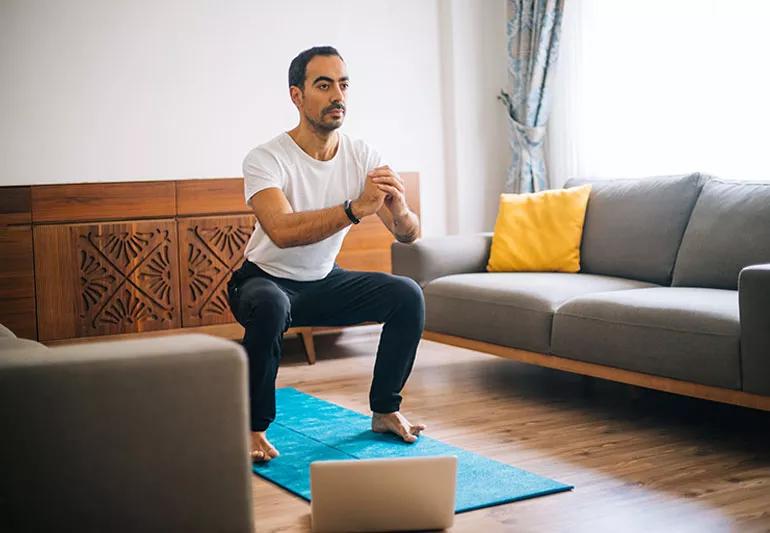
Whether you’re a student athlete or active adult who has recovered from COVID-19, you’re likely itching to get back on the field or resume your exercise routine. Or, if you don’t have symptoms or if your illness is mild, you might be wondering what activities you can do while you wait out the infection.
Advertisement
Cleveland Clinic is a non-profit academic medical center. Advertising on our site helps support our mission. We do not endorse non-Cleveland Clinic products or services. Policy
Sports medicine physician Marie Schaefer, MD, discusses the latest recommendations and guidelines for a safe return to fitness after COVID-19.
We certainly know more now than we did when the pandemic began, but much is still unknown about the long-term effects of COVID-19. We know that the virus can lead to damage of the heart, brain, lungs and kidneys, but there’s no way to pinpoint or predict who exactly these individuals will be. Some people might also experience lingering symptoms, including shortness of breath, muscle aches, loss of stamina and exhaustion – all of which are bad news, but particularly so for athletes and active people.
“The truth is, the disease can affect everyone differently,” says Dr. Schaefer. “Anyone, including young athletes, could experience a severe case or have long-term damage, which is why it’s so important to take this seriously.”
This is especially true with active individuals, as it can be difficult to tell what long-term effects someone is going to have after they recover from the virus. Some people might fare just fine and will be able to jump back into their old training regiment, while others will find that their athletic performance just isn’t what it used to be.
Advertisement
For the majority of athletes and active people, returning to activity will likely be a slow process and will require patience. You should work with a healthcare provider to make sure you’re progressing appropriately and monitoring your symptoms.
If you were exposed to someone with COVID-19, you’ll need to quarantine. Quarantine separates and restricts the movement of people who were exposed to a contagious disease to see if they become sick. Athletes and active individuals can exercise in quarantine as long as they’re able to maintain the restrictions. Going to the gym or practice is out. Instead, look for at-home workouts. If an athlete in quarantine begins to feel sick, they should immediately stop exercising.
If you’ve been diagnosed with COVID-19, you will be placed in isolation. Isolation separates sick people with a contagious disease from people who are not sick. People in isolation should not leave their homes for any reason other than an emergency. Isolating a sick member to one room and masking all members of the household is advised to help prevent other members from getting sick. Athletes who are in isolation should refrain from doing any exercise until they are released from isolation and ultimately cleared by a healthcare provider to resume activity.
While an athlete or active individual is sick with COVID-19, they should not engage in any physical activity and should focus on rest, good hydration, proper nutrition and following the advice of their healthcare providers. The timeline of return back to exercise or sport is determined by how mild, moderate or severe the case was.
All athletes and people that engage in exercise that test positive for COVID-19, regardless of symptoms, must rest for a minimum of 10 days. There should be no physical activity or training in that 10-day time frame. If an athlete tests positive but does not have symptoms, the isolation date starts at the date of the positive test. If they’re symptomatic, this period begins the date the symptoms started.
If an athlete only has a mild illness or tests positive without experiencing any symptoms, they can consider returning to activity after the 10 day isolation period. Once that 10-day window has passed, the athlete may consider a gradual return to physical activity, but must not have symptoms.
If an athlete had a moderate or a severe illness (or if they had to be hospitalized), they should be evaluated by a healthcare provider prior to restarting any type of exercise. These people may need to have additional tests, including ECGs, heart imaging or blood work before they are cleared to start a progression back into activity.
Advertisement
Myocarditis is an inflammatory response of the heart due to a viral infection, such as COVID-19. It can cause swelling in the heart muscle making rigorous activity more difficult and sometimes, even deadly.
“Myocarditis is more likely to be found in people who had a moderate or severe case of the virus, but it can happen to anyone who was infected,” says Dr. Schaefer.
Given this increased potential risk for myocarditis, athletes returning after COVID-19 infections need to be cleared by a healthcare provider who will determine if any additional testing is needed. Because of the risk of myocarditis, athletes and anyone that exercises should follow a graduated return to physical activity over the course of a week to monitor for signs and symptoms of this serious complication.
Student athletes (and any active adult) should complete a supervised, graduated return to sports progression as they head back to practice, training or exercise. This progression is often referred to as Return to Play (RTP) and involves seven stages.
Athletes should start at stage one and only progress to the next stages as long as they remain symptom-free. Whenever possible, it’s a good idea for young athletes to have the progression supervised and guided by an athletic trainer. If an athletic trainer is not available, consider having a coach or parent supervise this progression to ensure safety. For active adults, be sure to monitor your symptoms or ask a friend or family member to keep an eye on you.
Advertisement
If the athlete should suffer any of the following red flag symptoms during the attempted progression, they should stop exercising immediately:
If symptoms resolve, the athlete should rest for 24 hours and start back at the previous stage. They can continue to progress if they feel well. If any symptoms persist beyond 24 to 48 hours or if they do not resolve after stopping exercise, follow up with your healthcare provider for recommendations regarding additional evaluation and testing.
Follow these seven stages for the safest return to sports or exercise:

Returning back to sports and exercise after recovering from COVID-19 can be a slow (and frustrating) process.
Dr. Schaefer offers additional advice for reintroducing fitness:
Advertisement
Learn more about our editorial process.
Advertisement

The short answer: It’s complicated, but the basic care precautions still prevail, like washing your hands and isolating if you’re sick
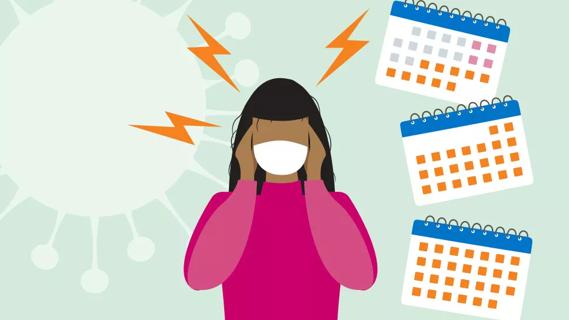
They can feel like a typical headache or a migraine headache, but the pain can last for weeks to months
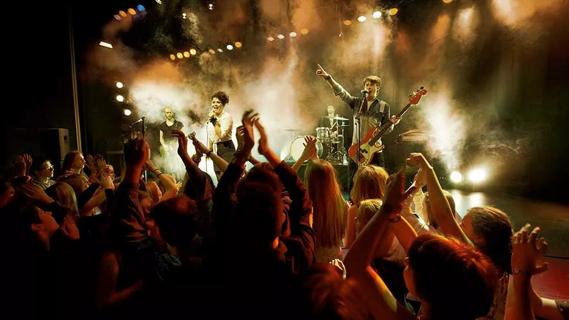
Any large social gathering — from a family birthday party to an indoor music concert — has the potential to spread serious infection
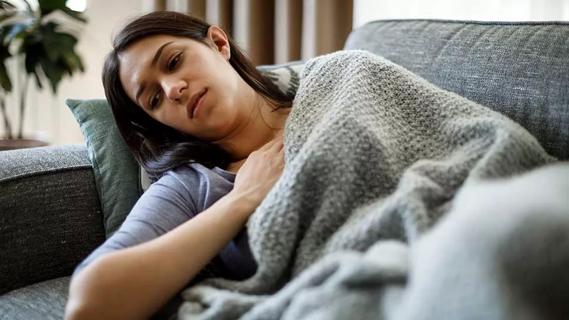
It’s important to connect with a healthcare provider, get quality sleep and balance your activities with your energy levels
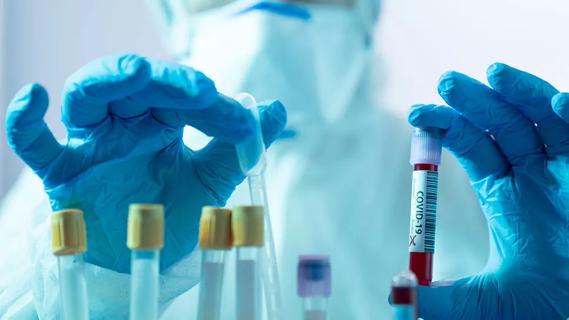
Just like the flu, COVID-19 will continue to evolve every year
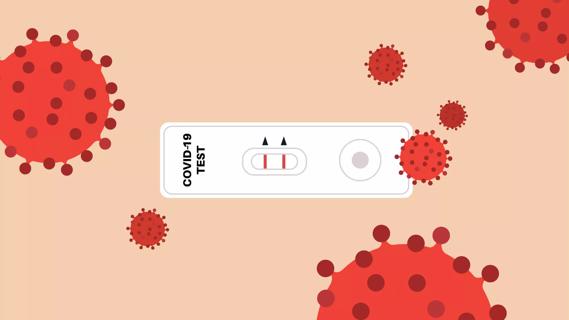
The duration varies, but symptoms can linger for a few days up to a couple weeks or more

Vaccination is best for prevention, but if you get sick with COVID-19, treatments are available

The virus lives best in humans, but it can last on hard surfaces, like doorknobs and railings
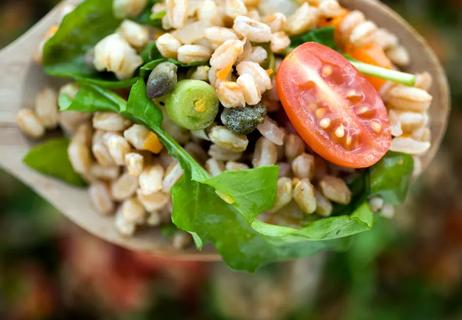
Type 2 diabetes isn’t inevitable with these dietary changes

Applying a hot or cold compress can help with pain